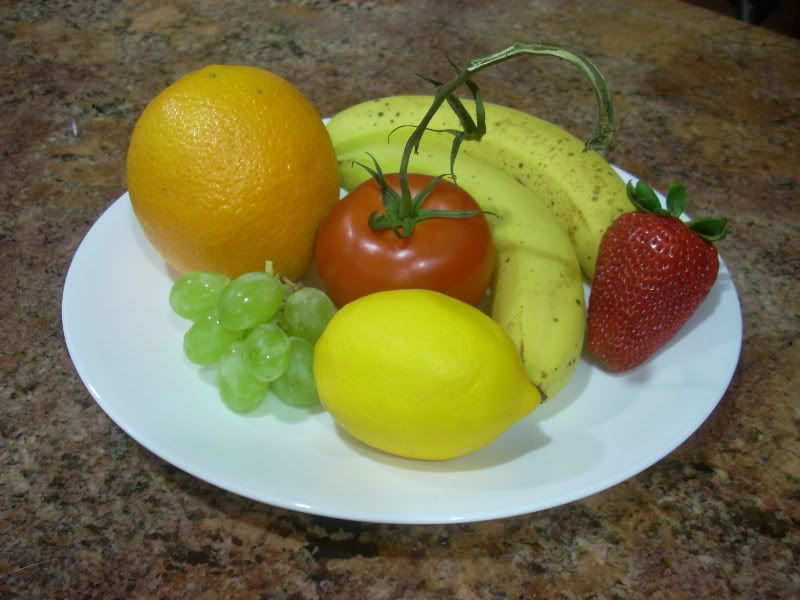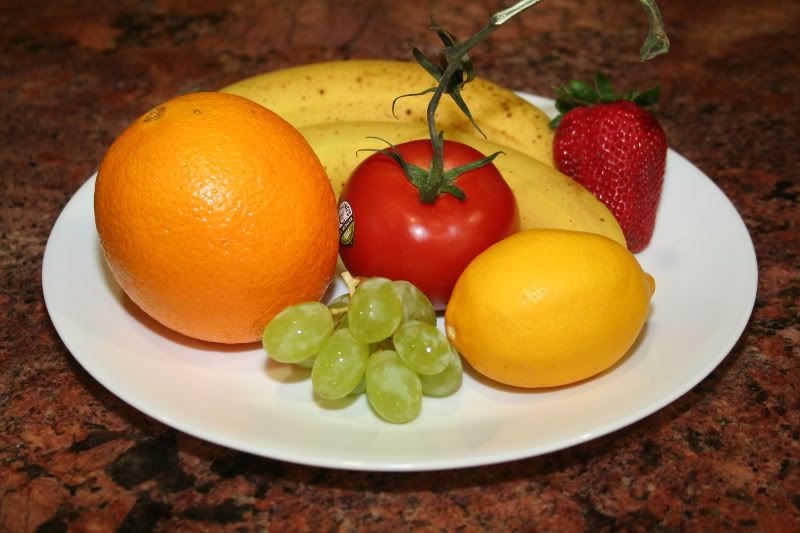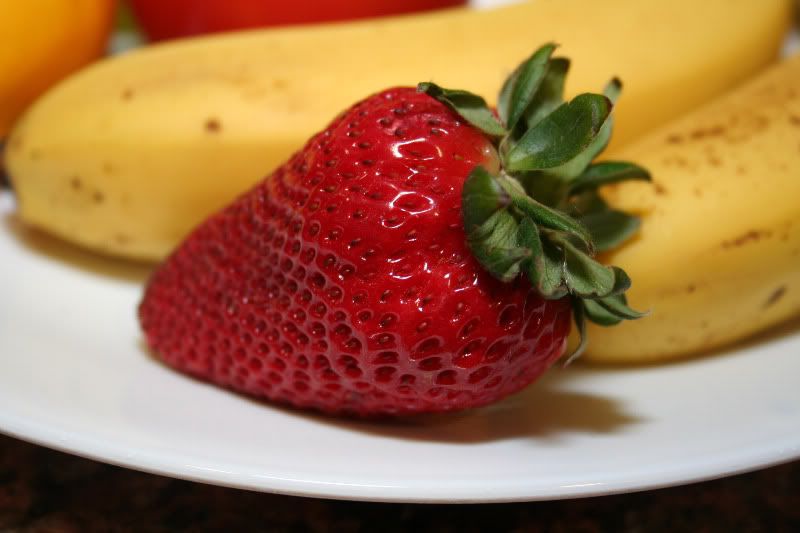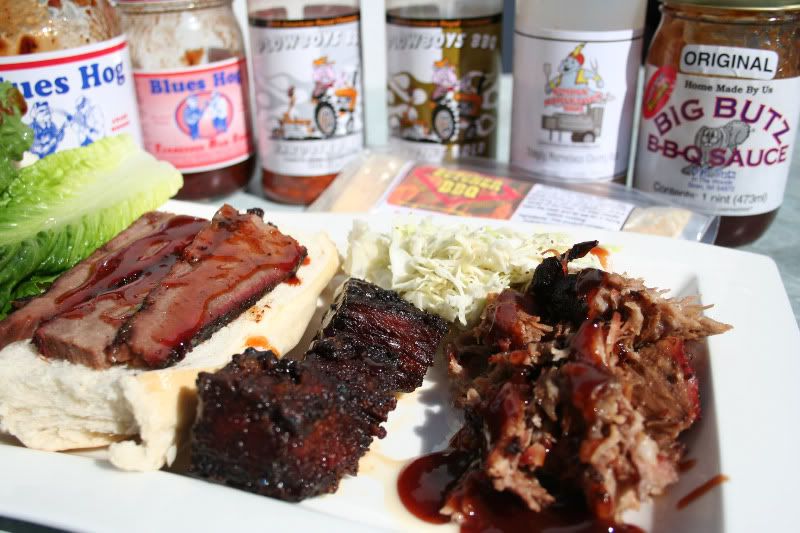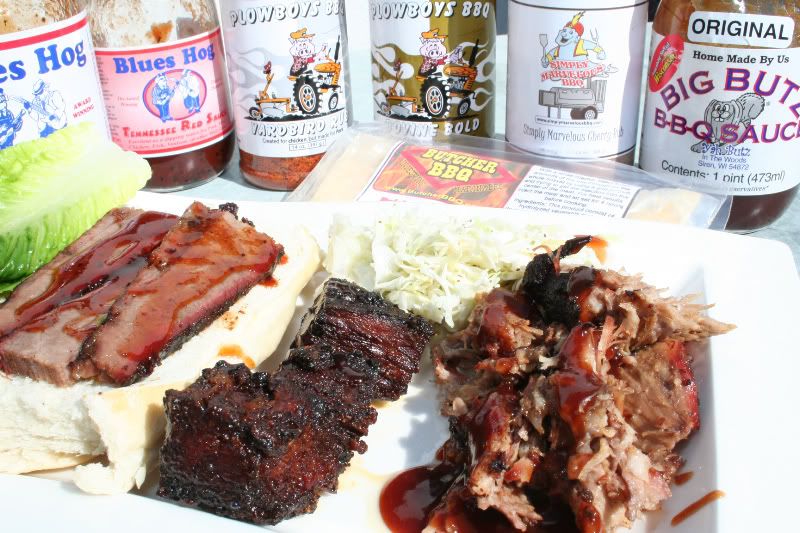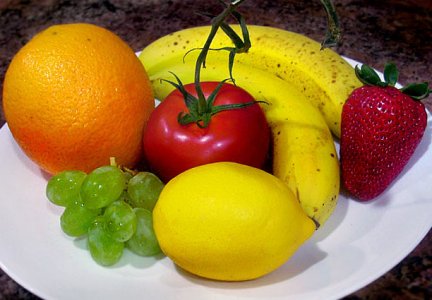caseydog
somebody shut me the fark up.
I've got on DSLR and getting a new one (Canon 7D). I was a professional sports photographer, but STILL subjects is new to me. I just need to cook on weekend and practice some photos.
Trying to work through:
1. When (like never) I can/should use the flash on camera?
2. Lighting. Direct light vs Flash vs Freestanding lights
3. Composition. Looking at getting more layout effort into the end shot.
4. OFF of the Automatic mode. I'm lazy, it's easy to use the auto settings, but I need to put more time/effort into changing Apeture, ISO, etc.
Appreciate all the help. I was one of the ones that asked for this thread and it's VERY helpful.
Russ
1. If you can use your flash off-camera, with a cord or wireless device, you can do a little "studio " set up.
2. I have a 24X36 lightbox I use for food, but a good source of natural (indirect) sunlight works fine. Given the choice on all of my photography, I like to work with Mother Nature, if possible. I only break out the strobes when I need to.
3. Look at professional food photographer sites and mimic what they do. After a while, you will "get it" and start composing better shots automatically.
4. If you are going to use automatic, as I often do, then use aperture priority, and let the camera choose the shutter speed. That way, you can get creative with your depth of field -- choosing to go all sharp to highlight several courses/beverages, or focus on the main ingredient, letting the "supporting cast" go soft.
Be careful how much you change your ISO. Expensive professional cameras can handle 3,200 ISO and still make a nice image. Most consumer cameras can't... yet. Experiment to find out how far you can push it without too much noise.


